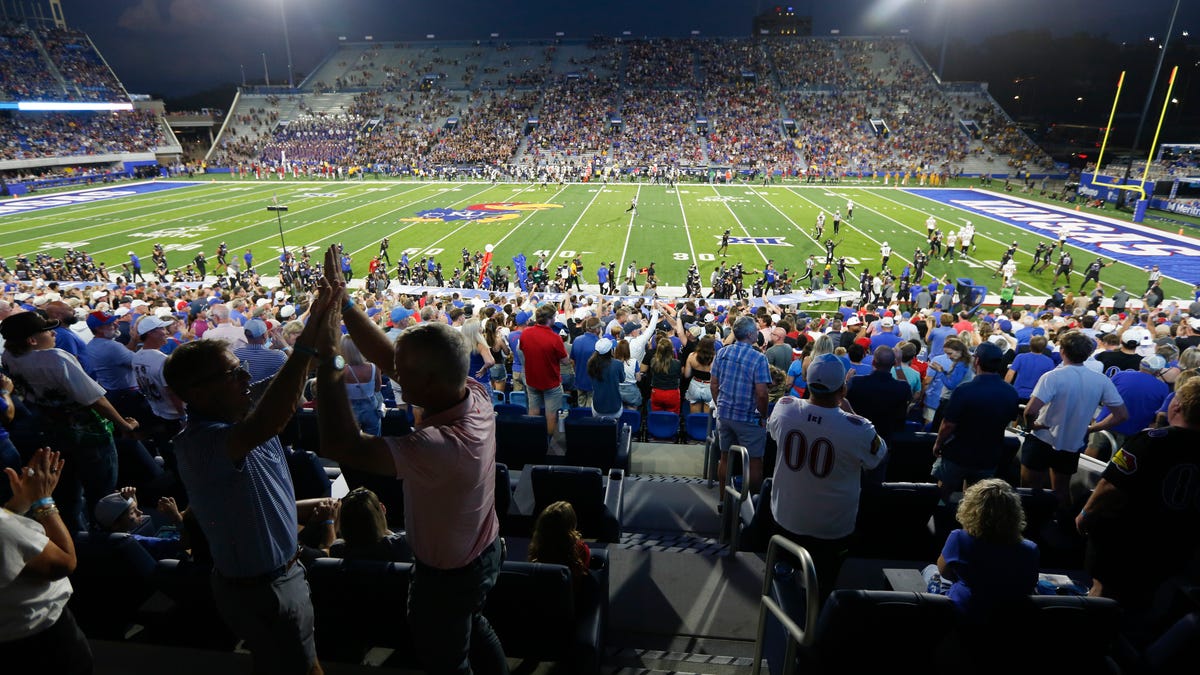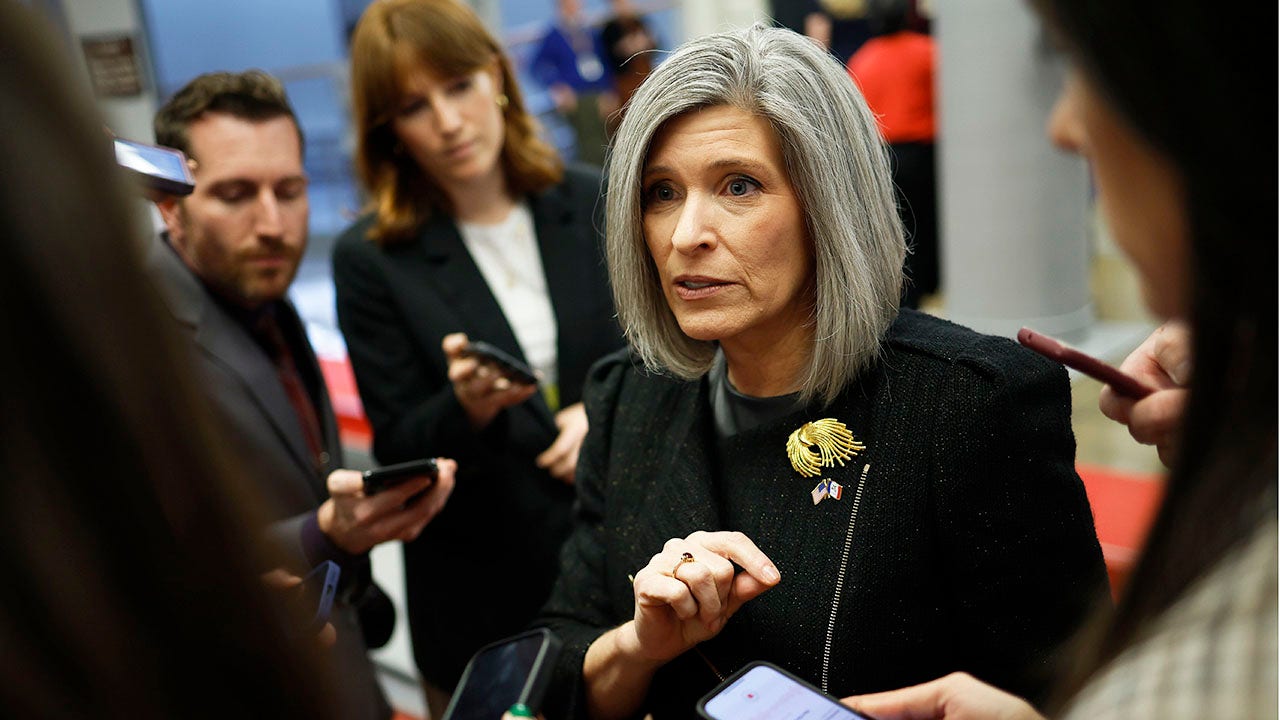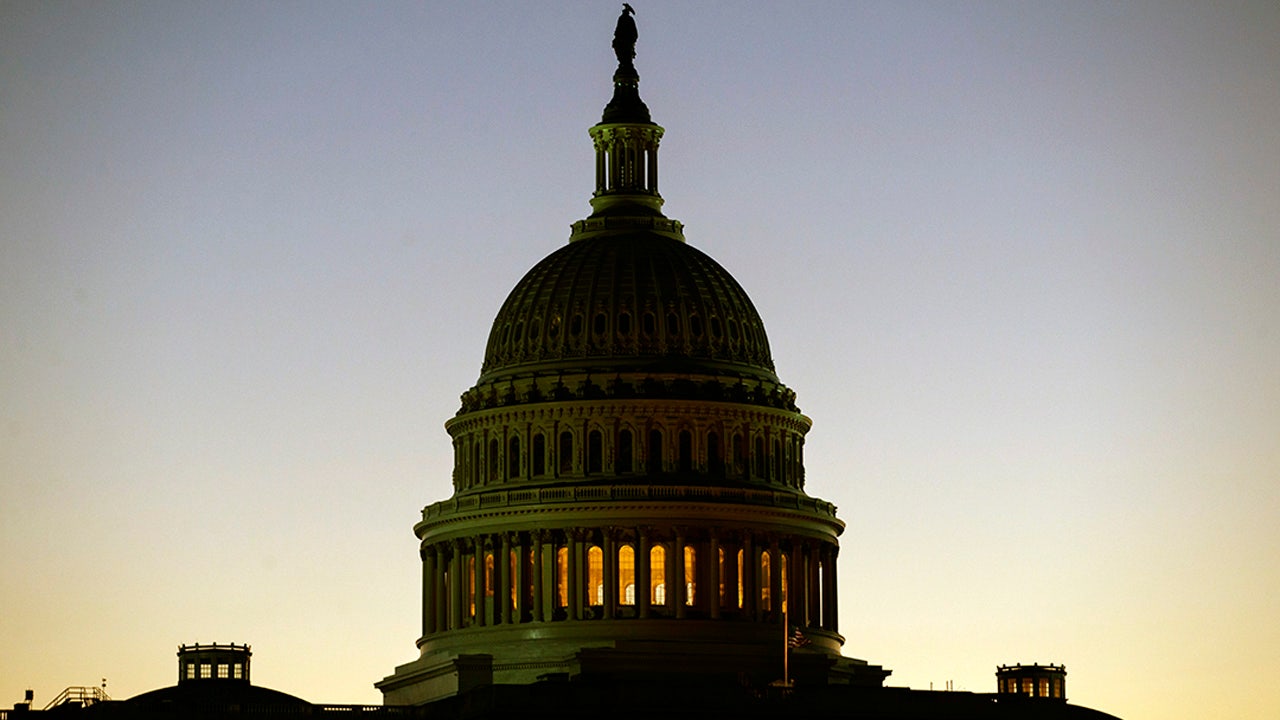Washington
Washington County Jail staff dealing with challenging inmate, prosecutors file assault charges

Washington County dealing with challenging inmate
Washington County jail personnel in Stillwater have had their hands full with an inmate allegedly abusing staff over the last couple weeks.
STILLWATER, Minn. (FOX 9) – Washington County jail personnel in Stillwater have had their hands full with an inmate allegedly abusing staff over the last couple of weeks.
Thame Lee is accused of punching, kicking, and spitting on correctional officers. It has led prosecutors to file a pair of felony-level assault cases against him with a third one pending.
Authorities report issues with addiction and mental illness have made the jail setting more volatile, often leading to staff shortages inside correctional facilities across Minnesota.
“We understand it is part of the job, but it is still something we want our men and women to go home safe every single night,” explained Washington County Jail Commander Roger Heinen, who has been with the Sheriff’s Office for 32 years. “And nobody wants to be a punching bag. Nobody wants to be assaulted, even though we understand it can happen.”
Washington County is unique with its jail and two state prisons within its jurisdiction. The County Attorney’s office has a dedicated prosecutor to handle cases that arise behind bars, including that of Dominique Jefferson inside the maximum-security Oak Park Heights Correctional Facility.
Jefferson’s case is currently working its way through the courts, charged with punching a female correctional officer in the face so violently earlier this year, that court documents state she will never see out of her right eye again.
“Our office wants to send a clear message that we are going to take whatever steps we can to protect the correctional officers who work so hard to do a very difficult job in the jail, and in the prisons,” stated Nick Hydukovich, the head of the Washington County Attorney’s Office Criminal division.
Meanwhile, Heinen cannot say enough about the men and women who continue to show up to work under the circumstances, “Proud of our staff coming to work every day, 24-seven, 365. Dealing with some of the most difficult people, name-calling, assaults. When they come to work, they do a great job. We are really proud of them.”
Hydukovich made clear his office does not do a lot of negotiating with inmates on these assault-type cases, often tacking years onto their sentences. To that point, prosecutors have a 2020 case involving Adrian Bell stabbing a correctional sergeant with a shank inside the Stillwater prison. It is going to be sentenced next week, more than three years later.

Washington
Commanders rookie WR nominated for first prestigious NFL honor

The Washington Commanders got back on track last week after suffering their first loss in Week 2 against the Green Bay Packers, returning home and dismantling the Las Vegas Raiders 41-24 behind strong offensive output and special teams play.
Washington was able to blow out the Geno Smith led Raiders on the shoulders of backup quarterback Marcus Mariota, who started in place of injured Jayden Daniels, and a strong running game that put up over 200 yards on the ground.
But perhaps the biggest play came from the least expected player, rookie wideout Jaylin Lane. Lane received a punt from the Raiders at his own 10-yard line before proceeding to find a hole and taking the punt 90 yards to the house for a touchdown to put the Commanders up 27-10 early in the third quarter.
JAYLIN LANE PUNT RETURN FOR THE TOUCHDOWN! 🔥
📺: FOX pic.twitter.com/CnACJVIWdL — FOX Sports: NFL (@NFLonFOX) September 21, 2025
Lane didn’t do anything outside of that on the day, but that play alone was good enough to earn him a nomination as the Pepsi Zero Sugar Rookie of the Week.
Vote @j_lane_2 for @pepsi Zero Sugar Rookie of the Week 🙂↕️
🗳️ https://t.co/fQMbxcCYgn pic.twitter.com/60z18mPAjZ
— Washington Commanders (@Commanders) September 23, 2025
Lane’s highlight play could very likely earn him the honor of being named Rookie of the Week in Week 3, but the team will hope to get more out of him as the season progresses.
Lane, a 2025 fourth round draft pick out of VIrginia Tech, has yet to make a real impact at wide receiver for the Commanders despite the wide receiver room not being all that deep.
The Commanders have relied heavily on their starters Terry McLaurin, Deebo Samuel, and Noah Brown early in the season, so they would love if Lane and Luke McCaffrey would emerge throughout the rest of the year to take some of the pressure off the aforementioned starters.
Through three games in the NFL, Lane has only managed three receptions on eight targets for 11 yards and no scores. Lane’s next chance to show what he can bring to the table for the Commanders comes Sunday when they take on the Atlanta Falcons.
READ MORE: This position’s depth tested for Commanders in Week 3
Follow Caleb on Twitter.
Stick with CommanderGameday and the Locked On Commanders podcast for more FREE coverage of the Washington Commanders throughout the 2025 season.
• Commanders rookie making strong impression on Dan Quinn
• Commanders place safety on IR as secondary struggles continue
• Commanders offensive line look sharp, but Dan Quinn isn’t ready to commit
• Commanders head coach sounds off on signing former first-round pick
Washington
W&L Celebrates 2025 National Food Service Workers Day

Washington and Lee University will honor its talented and hard-working Dining Services staff on Thursday, Sept. 25, by celebrating National Food Service Workers Day, a national initiative born nearly a decade ago to acknowledge the outstanding contributions of the food service workers who create meaningful dining experiences every day.
“The staff at the Marketplace works very hard seven days a week to provide healthy and nutritious meals for the students,” said Mike O’Byrne, Marketplace executive chef. “We thought it would be nice to take a day to honor this contribution to the students and their college experience. We, and I especially, are truly grateful to have such a talented and professional staff, and this is just a small measure to say thank you for their dedication to the campus community.”
W&L will celebrate its accomplished Dining Services staff through a special lunch menu featuring dishes inspired by team members’ cherished family recipes. After inviting dining staff to share their favorite home recipes, the culinary team selected six dishes from the diverse submissions, choosing recipes that complemented each other while being suitable for large-scale preparation. The staff members whose recipes were chosen will be honored alongside their featured dishes, with photos and personal stories about each menu item displayed throughout the service lines. Lunch will be served from 10:45 a.m. to 2:15 p.m.
“Last year was the first year that we did this, and some of the staff were a little nervous about having their dishes and pictures presented,” O’Byrne said. “With the warm reception from the students, faculty and staff, it really turned into a very positive experience for us. Many of the staff that participated submitted dishes again this year because of how much they enjoyed the event.”
Among the featured selections this fall is a vegan chorizo stuffed pepper dish submitted by lead cook Romero Dunn. A three-year staff veteran, Dunn said the idea for his featured dish came to mind while casually discussing the event with O’Byrne.
“I was thinking of how to make a vegan option for a longtime classic,” said Dunn. “Growing up, I always appreciated how my mother could make a satisfying meal with a few simple ingredients.”
Dunn has a family history with W&L’s Dining Services, noting that several relatives served on the culinary team dating back to when meal service was handled in Evans Dining Hall.
“My grandfather was the chef, and it feels good to follow in his footsteps,” reminisced Dunn, who expressed gratitude for the yearly event honoring the contributions of food service workers.
“National Food Service Workers Day recognizes the people and hard work that goes into preparing meals for a university,” he said. “Preparing meals for the university takes pride and teamwork, and the recognition of this event shows an appreciation for cooks such as myself, who have chosen this career.”
Another entrée selected was Brenna Patterson’s creamy Tuscan chicken recipe. Patterson, a three-year employee and member of the front of house team at the Marketplace, selected her dish because it is a favorite among her two children, who regularly help her prepare the dish in their home. Patterson shared her recipe for anyone who wishes to add it to their regular home meal rotation.
Not to be outdone, several side dishes will also be featured on the menu, including mashed parsnips and carrots, a favorite family recipe proposed by Eithne Power-Mulligan, a cook with Dining Services since 2023.
“I selected mashed parsnips and carrots because, while most people eat other one or the other, a lot of my friends had not had both combined,” she said. “The nutty, earthy flavor of the parsnip combined with the sweetness of the carrots is a great balance of rustic root vegetables and reminds me of my mam and growing up in Ireland. A lot of our food was farm to table and is very filling and nutritious.”
Power-Mulligan added that sharing the dish brings her joy, as does the thought of being recognized for her efforts in feeding the university community.
“I really like the fact that there is a National Food Service Workers Day,” she said. “Since coming to work at W&L, I have learned how much effort and time goes into the all the different facets and the preparation of the menu items offered. It’s so nice to be appreciated. I love everything about working here. The Marketplace team are a great group of people that offer and give encouragement, support, knowledge and the opportunity for me to grow as an individual.”
W&L’s Dining Services program employs nearly 250 staff members and 74 student workers across its eight campus venues. The team was recently cited among the nation’s best for employee development, receiving the Employee Development Program of the Year Award from the National Association of College & University Food Services (NACUFS).
Last year, the Dining Services operation served just shy of one million meals (966,550) through its venues and catering services.
National Food Service Workers Day Lunch Menu
Creamy Tuscan Chicken – Brenna Patterson (food service worker)
Arroz Con Pollo Casserole – Brooklyn Hatcher (dining shift supervisor)
Vegan Chorizo Stuffed Pepper – Romero Dunn (lead cook)
Mashed Parsnips and Carrots – Eithne Powers-Mulligan (cook)
Squash and Onions – Chris Vess (food service worker)
Braised Cabbage with Sausage and Tomatoes – Tasha Johnson (cook)
Washington
Women’s Golf Kicks Off Season At Chambers Bay – University of Washington Athletics

The Leadership & Golf Invitational, hosted by Seattle U and UW at Chambers Bay Golf Course, will feature 16 teams.
Last year at this tournament, the Dawgs tied for a sixth place finish out of 16 teams. This marks the third straight season that Washington has opened the year at home.
Play will begin with a shotgun start at 8 a.m. on Monday, Sept. 15. Live scoring will be available here.
Five Huskies return from last season’s roster, including Amber Li, Carmen Lim, Athena Ni, Mads Smith, and Wendy Tang. First year head coach Anna Temple has added senior transfer Claudia Alnajim to round out the UW roster.
Lim, Smith and Tang were named Big Ten preseason golfers to watch.
Washington’s lineup for the Leadership & Golf Invitational will be:
- Carmen Lim
- Mads Smith
- Wendy Tang
- Amber Li
- Athena Ni
Individual: Claudia Alnajim
For more information on the UW women’s golf team, follow @UW_WGOLF on X and Instagram.
-

 Health1 week ago
Health1 week agoWho Makes Vaccine Policy Decisions in RFK Jr.’s Health Department?
-

 Finance4 days ago
Finance4 days agoReimagining Finance: Derek Kudsee on Coda’s AI-Powered Future
-

 Lifestyle1 week ago
Lifestyle1 week agoBobbi Brown doesn’t listen to men in suits about makeup : Wild Card with Rachel Martin
-

 Business1 week ago
Business1 week agoHow Nexstar’s Proposed TV Merger Is Tied to Jimmy Kimmel’s Suspension
-
North Dakota4 days ago
Board approves Brent Sanford as new ‘commissioner’ of North Dakota University System
-

 Technology3 days ago
Technology3 days agoThese earbuds include a tiny wired microphone you can hold
-

 Crypto3 days ago
Crypto3 days agoTexas brothers charged in cryptocurrency kidnapping, robbery in MN
-
World1 week ago
Russian jets enter Estonia's airspace in latest test for NATO


















